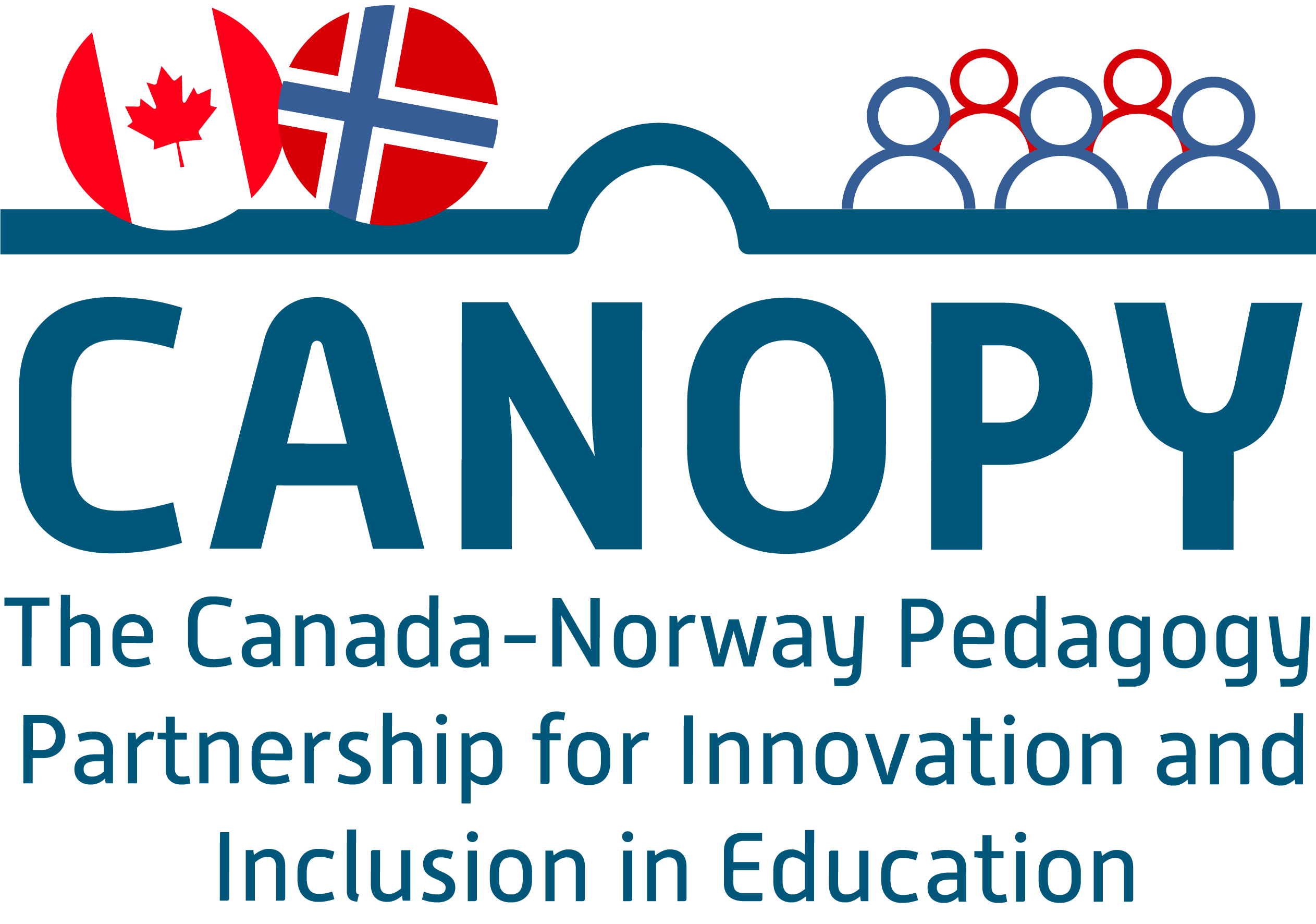«Activities linked through culture and sensory details makes them memorable»: the third year of CANOPY focuses on Indigenous Studies, Diversity, and Inclusion
“Before we started this day, at least I, and I think other on the team, had a picture of what was going to happen; a clinical, professional lecture about different subjects”, was a thought running through Nord student John-Magne Nydal’s mind before his first in person encounter with CANOPY. Within a short moment, his original idea about CANOPY was completely turned upside down. He continues, “this was not the case at all. Everyone and everything was so personal and with a whole lot of warmth. Everyone had such interesting and important topics to talk about that we couldn’t avoid starting a dialogue with the speakers and further starting discussions.”
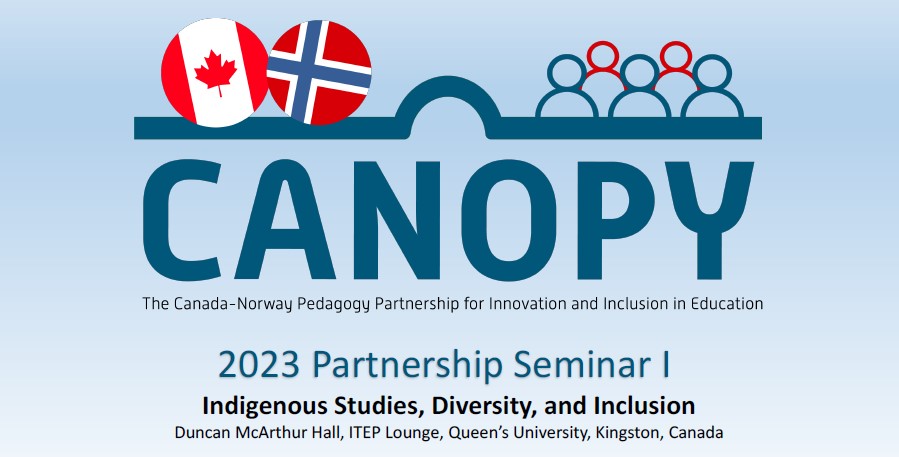
On 13-17 February, the 2023 CANOPY Partner Group (CPG) met for their first Partnership Seminar for this year’s theme – Indigenous Studies, Diversity, and Inclusion I – at Queen’s University in Kingston, Ontario. The CPG is an annually-rotating fourteen-member collective of specialists. Within the group, Canada and Norway are each represented by seven members per year, comprehending:
- one representative from university leadership
- two academic staff
- one local school teacher or leader
- three teacher education students
Presentations and introduction
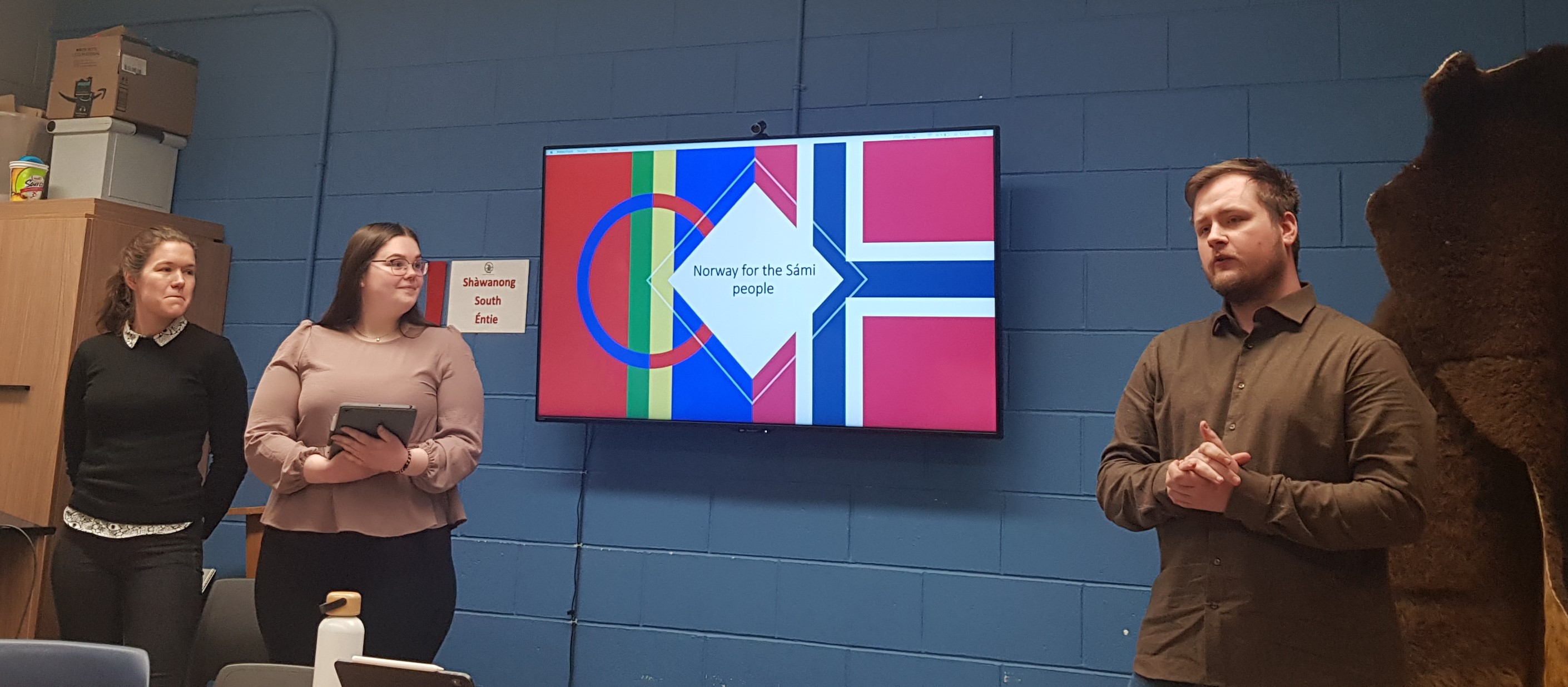
The whole group met for the first time in person on Monday morning (13 February) at Queen’s University. Project Manager Morten Einar Edvardsen kicked off the seminar by welcoming everyone to CANOPY and telling them a bit about the back story and road to CANOPY. During the seminar, all the CPG members held at least one presentation on a chosen topic within the theme. The presentation part of the seminar is a great way to kickstart things as not only was it educational, but it seved as a great introduction for all the members of the team. They were quickly able to see similarities between Canada and Norway, and their school systems, as well as other similarities between the two countries.
Doing a presentation, especially in a different language than you mother-tongue, can be an exciting experience in several ways. As the CPG members were experienced as so open and honest, and willing to listed to such a degree, it felt safe to do presentations. The nerves and self-consciousness that may have been present prior to the presentation, evaporated.
“Everyone and everything was so personal and with a lot of warmth. ” John-Magne Nydahl, MAGLU, Nord University
Learning more about everyone’s work, passions, and projects allowed for us to create more meaningful connections with each other and find commonalities in our potential research areas of interest.” Sam Jacquard, Con.Ed., Queen’s University
The presentation session provided the members with some insights into the school systems in Norway and Canada, education in indigenous communities, history and languages. The presentations clearly demonstrated the importance of Indigenous languages in both countries, and that there is still a long way to go changing, for instance, the attitude people have when going to teach in indigenous communities, as well as problems and challenges with the school system today.
Various activities
Walk and talk
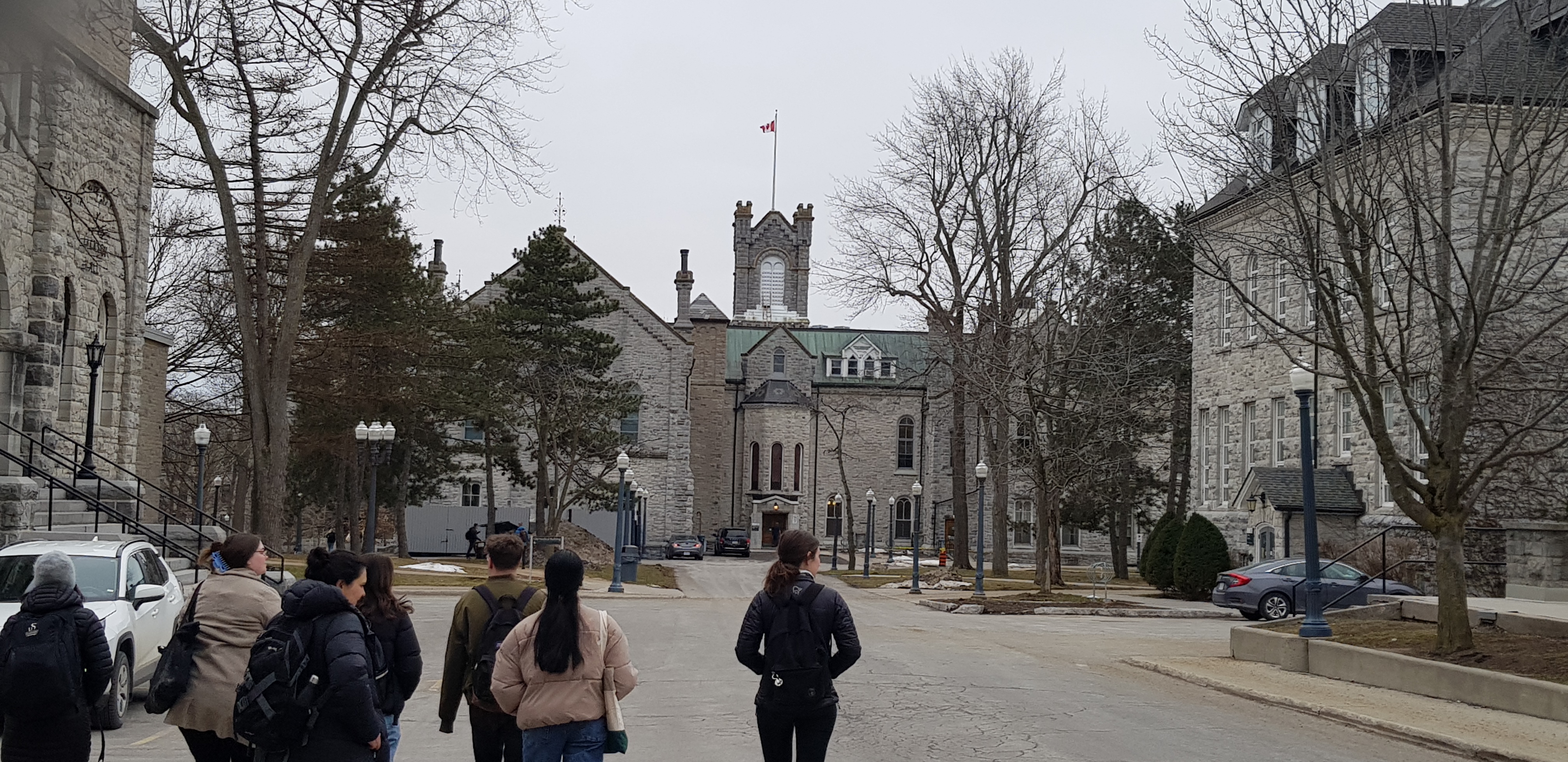
In addition to the presentations, the group also participated in several activities, such as beading, blanket exercise, workshop, visits and tours. One of the activities was a Walk and Talk off site with Misty Underwood from Queen’s University. This activity brought the group outside and it encouraged connection with the environment. This experience was described as powerful in how peaceful it was, as well as the connection between land, water, and people was powerful and moving. Emily enjoyed being immersed in a cultural experience through the activity of holding tobacco and releasing it into the water.
Blanket Exercise
Mireille LaPointe, who led the Blanket Exercise, understood that it was an impactful experience for all who attended. Participants felt incredibly moved by the eye-opening exercise that served as a strong visual demonstration of cultural genocide. It was described as a weighty exercise and the highlight of the day. As it was weighty, it required pauses to process, and the discussion circle was helpful given the heavy nature of the exercise.
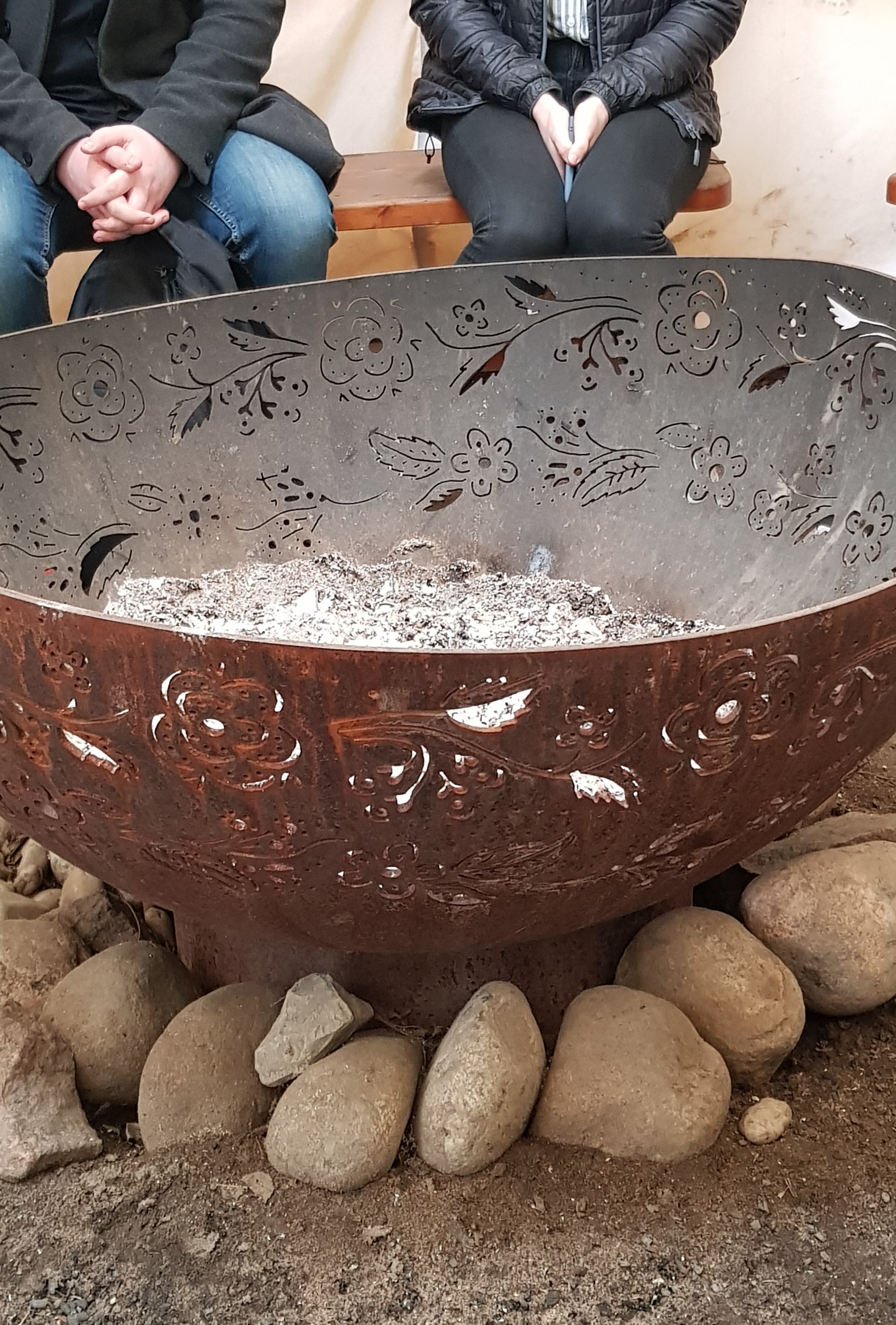
Beading and workshop
Lindsay Morcom led the group through a wampum beading exercise that can be used for grade seven (Canada) math concepts and patterning. The tactile aspect of this activity strengthened the day’s learning and served to solidify the concepts through cultural appreciation. The exercise was also experiences as a nice and cozy experience, where the participants were all trying something new without being self-conscious, while listening and discussing about the craft and the history behind the craft.
The doll-making workshop, lead by Ena Holtermann, was also a highly appreciated experience. It was an interesting experience to work and actually understand the culture and the history behind such a simple, complicated thing.
Both of these activites were a lot of fun, and it was especially good to see how these types of activities could be incorporated into classrooms as part of the curriculum. For example, beading has many relevant connections to be made in math classes when discussing topics like geometry and symmetry.
School visit
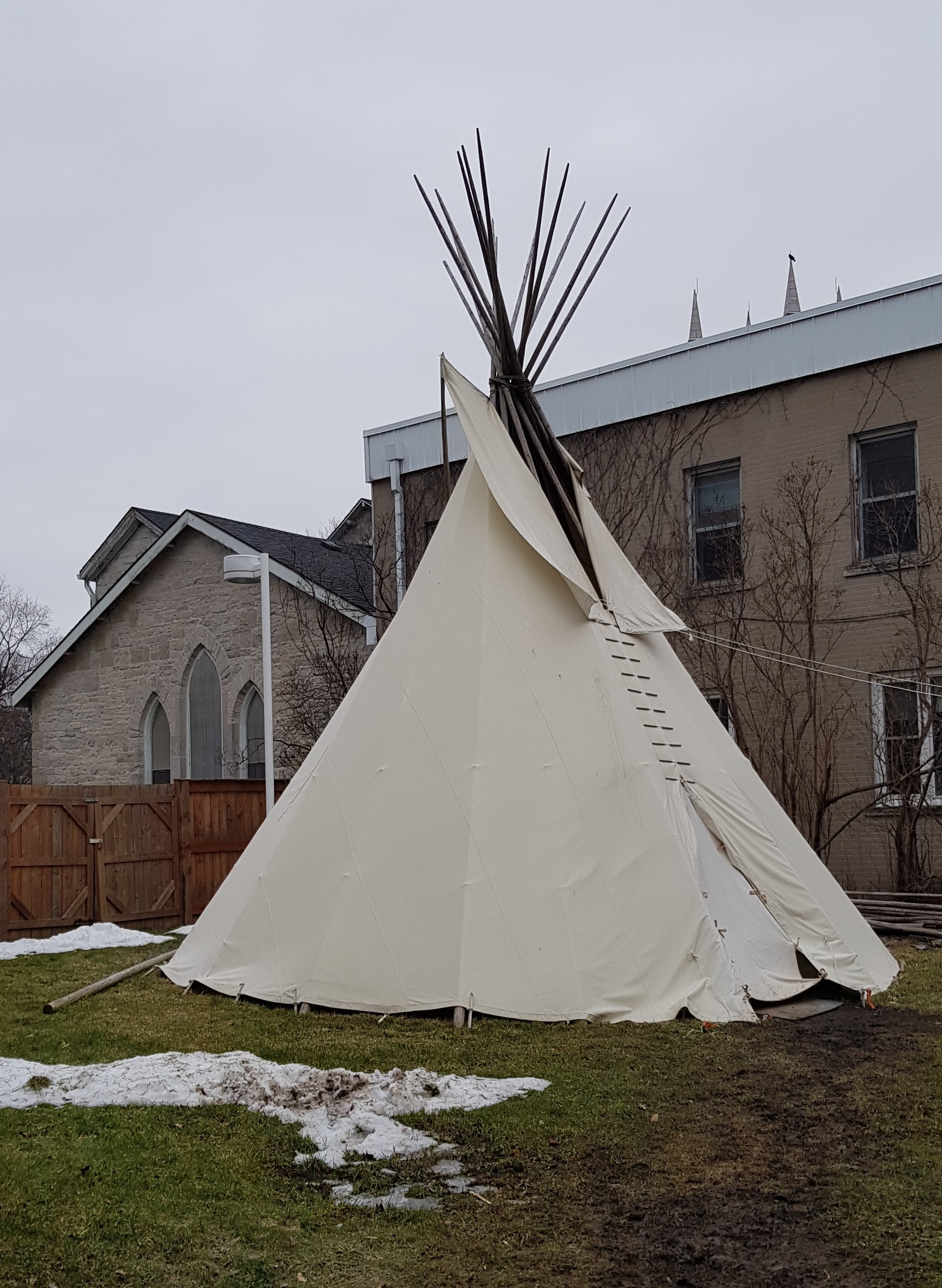
An important part of the program is the school visits, as the visiting group will experience the school system in person. The CPG visited Molly Brant Elementary School – a school described as being strategically designed to facilitate support. The classrooms are joined by an extra help zone, making access to extra help an expected and explicit layer to the learning environment. The environment was intentionally instrumental in helping students learn, and the attention design is brilliant.
“In the elementary school I attended, students were removed from the regular classromm and sent to the “resource room”. Eventually, students refrained from seeking this necessary opportunity. Here, this (Molly Brant) school’s instrumental design, ensures access to support is a way of being – as it should be.” – Emily Redfern, ConEd student at Queen’s University
Summarizing the week and looking ahead
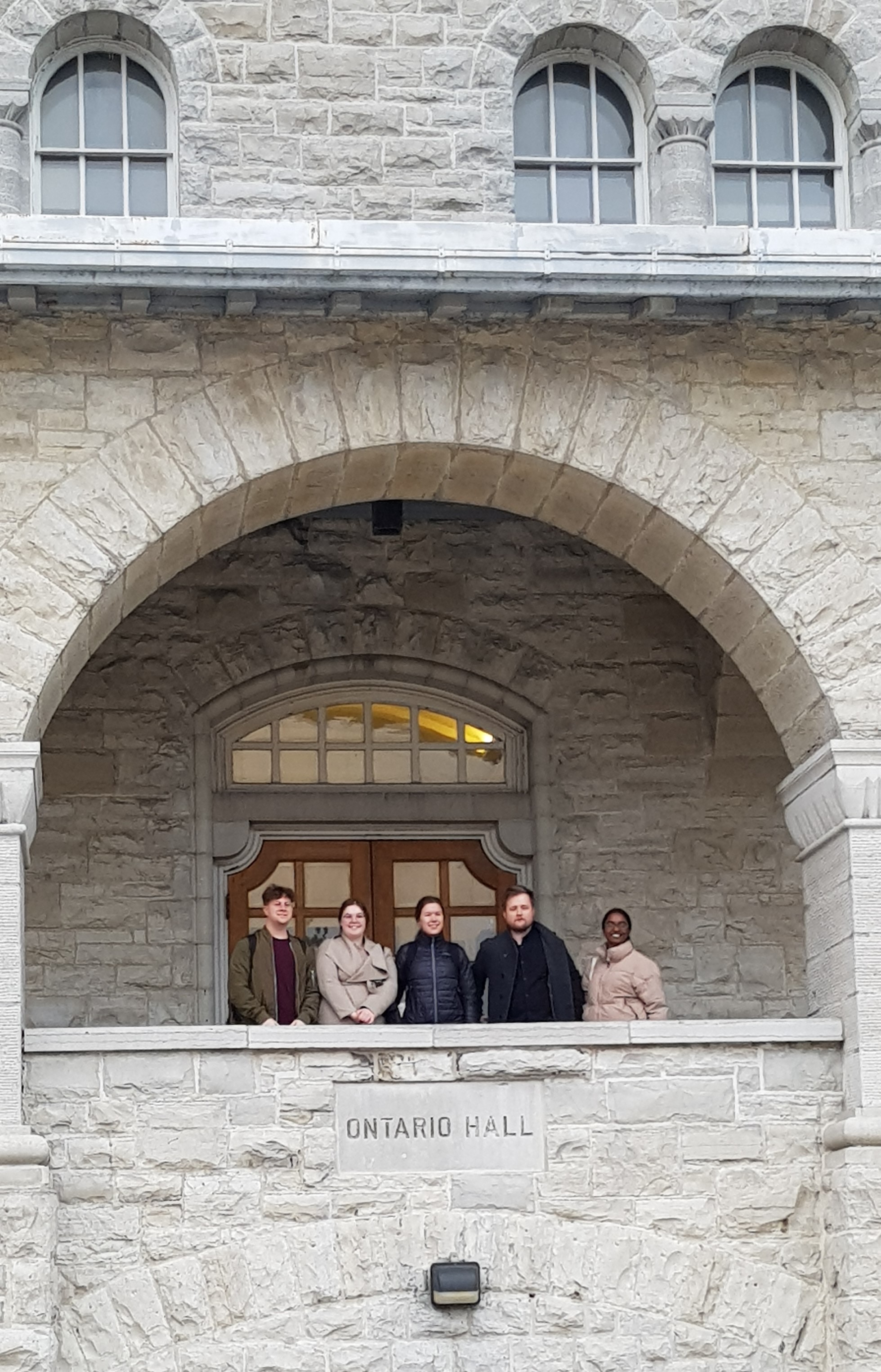
The participants all experienced open and welcoming people, interested in listening, learning and respectfully discussing this year’s theme. They really valued the meaningful discussions about issues faced in both Canada and Norway, as it’s easy to draw parallels between the two systems. Those conversations were very passionate and it was great to see at the end of the day, all have the same goal of bettering our education. Mireille believe that collegial exchange, dialogue and presence made this week an outstanding success. No Zoom can replace human presence and its profound impact in any discourse and exchange. Other members appreciated and is grateful for the learning experience provided, describing the entire experience as well thought out and richly impactful. All members look forward to meeting again in Levanger, Norway, and continue sharing this vital learning with others.
“ I most appreciated how like-minded we are as a group and how we are all keen to honor Indigenous Studies.” Emily Redfern
“The group is filled with intellectual diversity and it gives rise to the opportunity for everyone to learn from each other. ” Sam Jacquard
